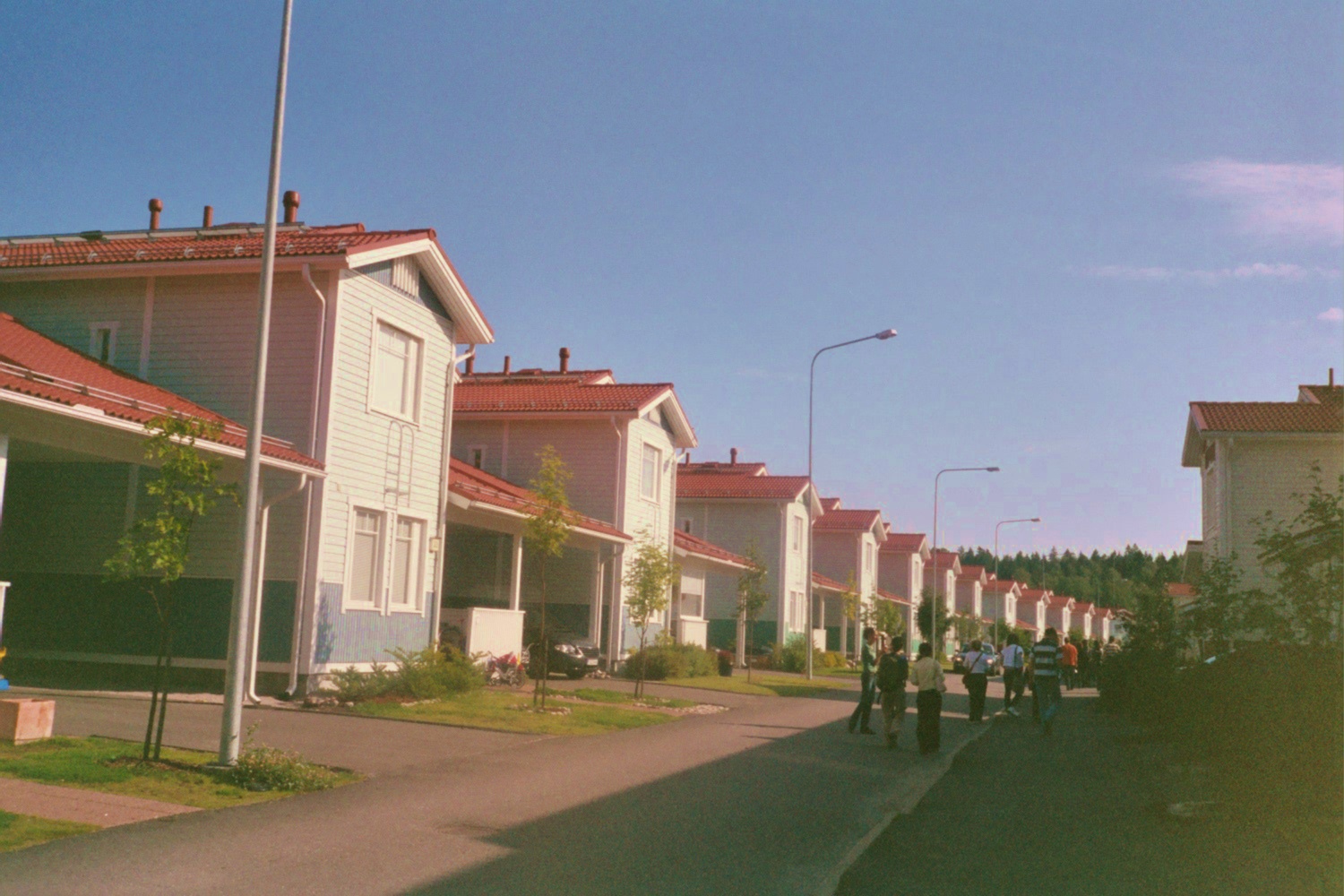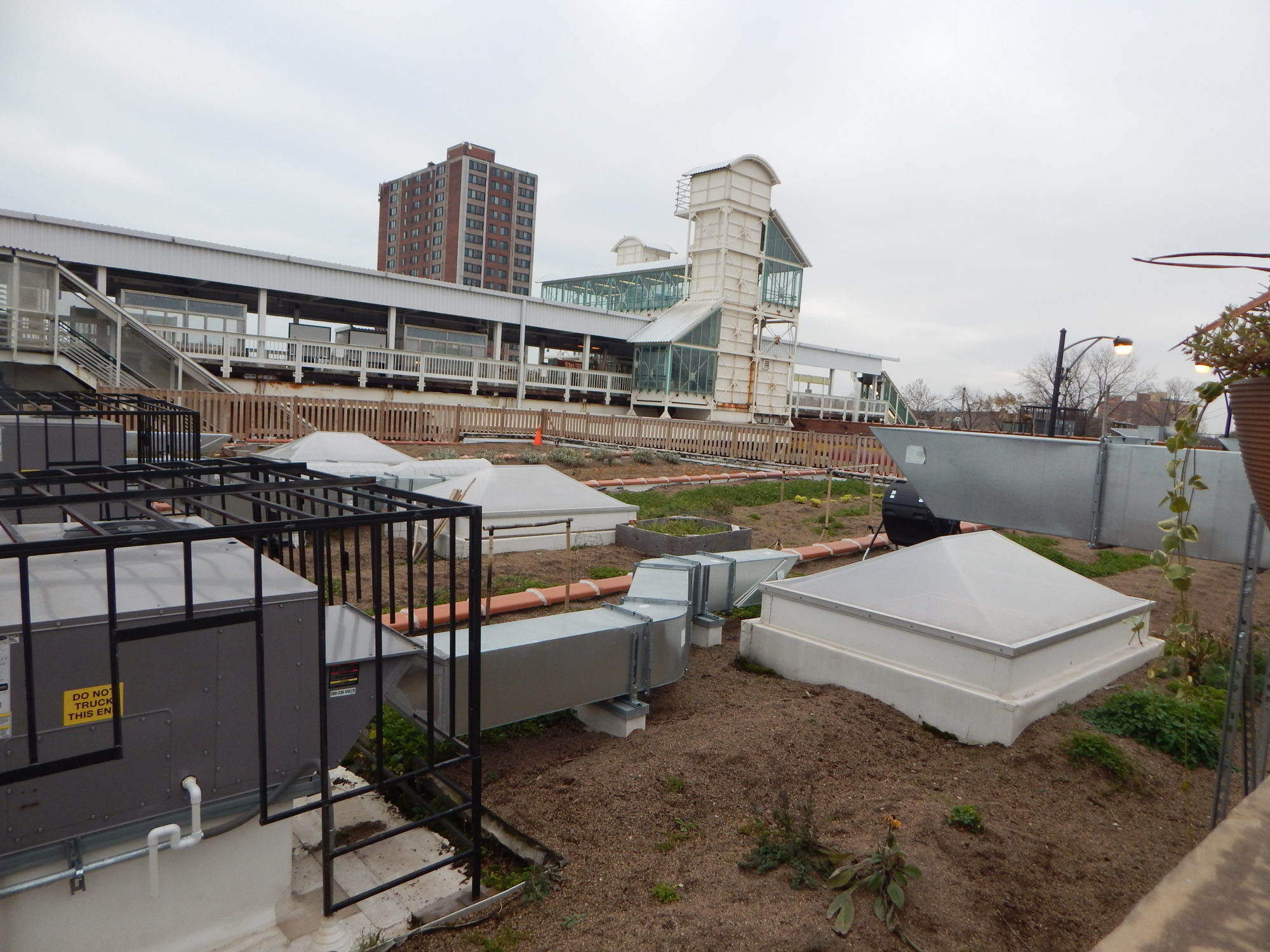On The Street of the Lifted Lorax, “the wind smells slow and sour when it blows; and the birds never sing, except for old crows . . . ” In this forsaken place, there are decrepit signs in shoddy disrepair, tufts of grickle-grass, and not much else.
The Street of the Lifted Lorax is Dr. Seuss‘ mythical representation of the consequences of rampant greed and urban sprawl run amok. Although The Lorax was published in 1971, and the animated feature produced in 1972, its lessons still resonate as a cautionary tale, with some of its hardest lessons evidently still unlearned in the real world.
The destruction the Earth’s natural habitats and the effects of climate change are increasingly obvious, with the ironic result of making further commercial ventures viable in regions heretofore inaccessible. The fabled Northwest Passage, long an unattainable shipping lane due to year round Arctic ice cover, may become a reality before the end of this century.
Also ironically, the fossil fuels which are believed to be largely responsible for climate change have become potentially more accessible as well. In August 2005, a Russian research ship was able to reach the North Pole without an icebreaker to clear a pathway – the first time in history. Its mission? To anchor Russia’s claim to virtually half the Arctic Ocean – estimated to hold a full one quarter of the world’s undiscovered oil and natural gas reserves. Such reserves are nearly irresistible for industrialized and developing economies facing increasing scarcity and higher prices for fossil fuels. A Thneed, after all, is what everyone needs.

Photo Credit: Audrey F. Henderson, all rights reserved.
The need has become more acute as the planet becomes ever more urbanized, putting further strain on resources such as clean drinking water and arable land suitable for agriculture, never mind uninhabited natural landscapes. According to U.N. Habitat, the world’s urban population will grow from 2.86 billion in 2000 to 4.98 billion by 2030, with much of that growth in the developing world, in medium and low-income countries – with many of the migrants themselves being extremely poor.This is an increasingly urgent situation, which, if unaddressed, is a time bomb in the making. Many cities worldwide are ringed with shantytowns of unimaginable poverty. A major aspect of urban sustainability (if not bottom-line livability) in decades to come will be in dealing with this influx of people, both in numbers and in the scope of their social needs.
Unless.
This post was originally pubished on JustMeans.com as “The Lorax Revisited” and republished in Sustainable Cities Collective.
